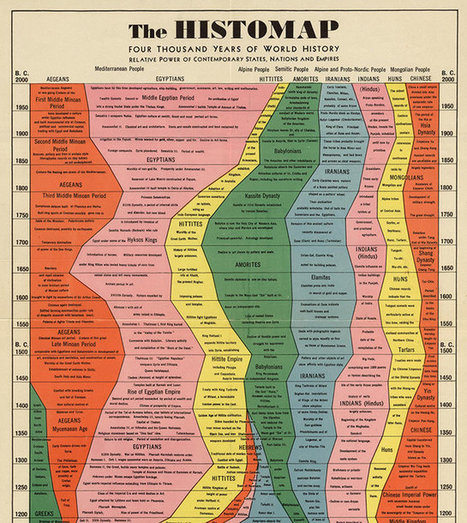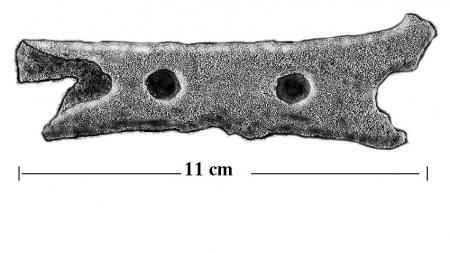If time is a river, the Histomap, first published by Rand McNally back in 1931, is a raging Mississippi. In that massive river of time, each of humanity’s great civilizations becomes a confluence that ebbs, wanes, and sometimes ebbs again, each a separate current in a river that inexorably rages down to the mouth of the present day.
Although certainly not modern, the Histomap is still a breathtaking example of good infographic design: A five-foot, roll-up chart that can fit an overview of human history on any wall. Starting in 2000 B.C. with seven different civilizations--the Aegeans, the Egyptians, the Hittites, the Amorites, the Iranians, the Indians, the Huns, and the Chinese--you travel forward or backward in time as your eyes move up or down 0.75 inches. Some civilizations bleed together, others are swallowed up; some surge, others crash...
Via Lauren Moss



 Your new post is loading...
Your new post is loading...
















Heres a great
We can learn from history